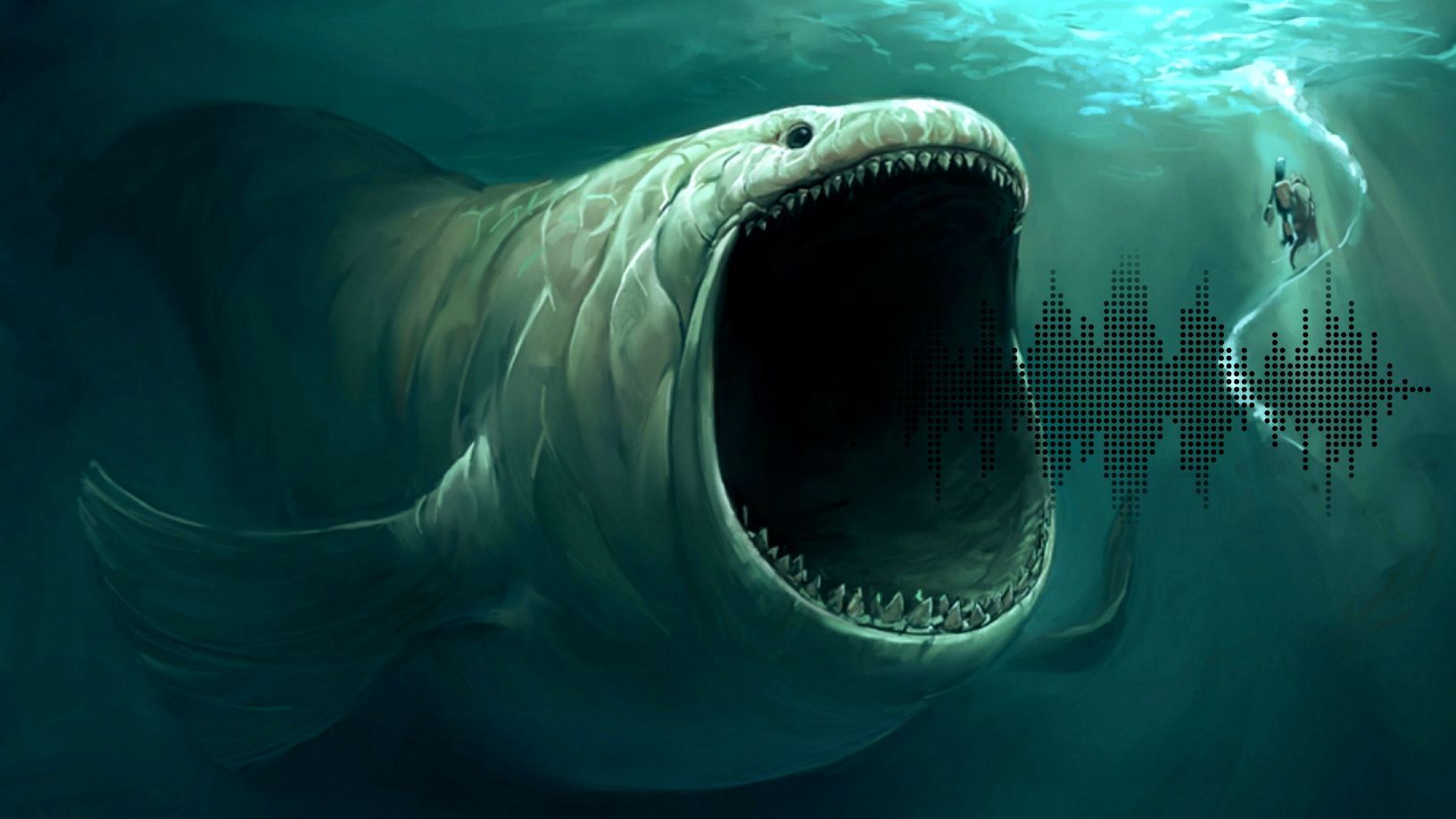Exploring the vast and desolate landscapes of Antarctica, scientists have often been captivated by its sheer beauty, harsh climate, and mysterious phenomena. However, a number of scientific studies have revealed some truly mind-boggling discoveries that might forever change our perception of this icy continent.

Antarctica is renowned for its extreme conditions, both on the surface and beneath its frozen depths. While the region’s unique ecosystem has adapted to survive these harsh conditions, it appears that there may be more than meets the eye lurking beneath the icy waters – gigantic and monstrous creatures.
Researchers have long been examining the concept of polar gigantism or abyssal (deep-sea) gigantism, which suggests that animals in cold oceanic regions tend to grow larger than their counterparts in other parts of the world. This phenomenon has been observed in various marine species, such as squid, jellyfish, and deep-sea isopods. These creatures, already impressive in their regular sizes, become truly colossal in the Antarctic Ocean.
But does the existence of colossal sea creatures in Antarctica go beyond mere speculation? Could there be actual monstrous beings lurking beneath the surface? Recent unexplained sounds, such as Julia and Bloop, have added an air of mystique to the idea.

The Julia sound, recorded in 1999, emanated from the Antarctic Peninsula and baffled experts, who were unable to determine its source. Similar perplexity surrounded the enigmatic Bloop sound, recorded in 1997 off the southwestern coast of South America. Some conspiracy theorists suggest that these unexplained sounds may be linked to the existence of giant monsters living in the Antarctic Ocean.
While the idea of these monstrous creatures may seem like the stuff of science fiction, it is not entirely implausible. The vastness and inaccessibility of the Antarctic Ocean have made it difficult for scientists to thoroughly explore its depths. It is plausible that certain species, capable of evading detection, have evolved in these isolated waters.
Moreover, the concept of polar gigantism raises another intriguing possibility. If these colossal sea creatures already exist, could the phenomenon of polar gigantism amplify their size and strength even further? This raises the question of whether we have just scratched the surface of what Antarctica truly harbors.
However, skeptics argue that the polar gigantism phenomenon primarily affects invertebrates and is unlikely to extend to larger marine creatures. They suggest that the extreme cold and limited food resources in Antarctica would not support the energy requirements of massive animals.
Despite the skepticism, the potential discovery of monstrous creatures in Antarctica holds a captivating allure. It is essential to approach these speculations with scientific rigor, as imagination can often run wild in the face of unknown phenomena. More extensive research, exploration, and technological advancements are necessary to determine the validity of such claims definitively.
As we continue to unravel the mysteries of Antarctica, the prospect of colossal, monstrous creatures lurking beneath its frigid waters becomes even more tantalizing. The concept of polar gigantism challenges our understanding of the natural world and forces us to confront the idea that there may be more to discover within the depths of our own planet. Only time, research, and brave explorers will reveal the truth behind these enigmatic monsters of Antarctica.



